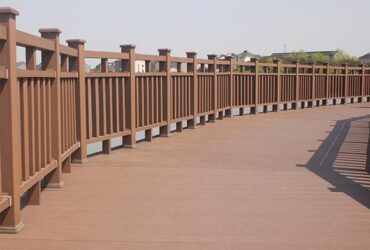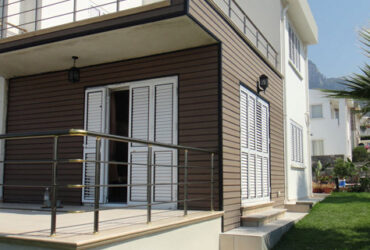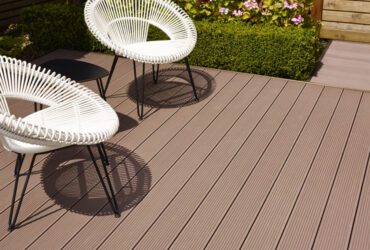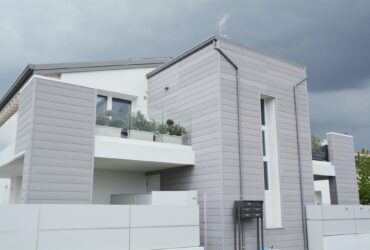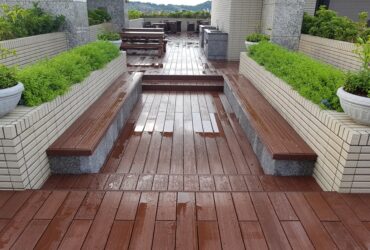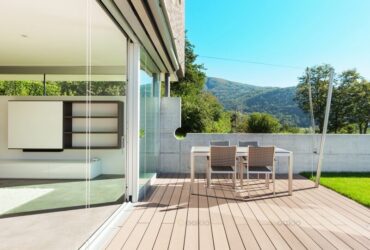Comparison of Aging Resistance of Three Types of Wood-plastic Composite Materials
Wood-plastic composite material is a new type of material made by mixing biomass fiber with plastic and other additives through extrusion or molding. Wood-plastic composite materials combine the advantages of wood and plastic, recycle waste resources well, and reduce the use of wood.This has alleviated the tight supply of wood to a certain extent and is mainly used in the construction, public facilities and automotive fields, such as for paving, fences, decoration, etc.With rapid development in recent years, wood-plastic composite materials used in outdoor environments are subject to the combined effects of sunlight, moisture, temperature changes, and biological corrosion, which not only affects their appearance, but also reduces their structural and mechanical properties, limiting their scope of use and lifespan. Therefore, the aging problem of wood-plastic composite materials has attracted the attention of researchers at home and abroad, and there are relatively mature research methods and certain research results.
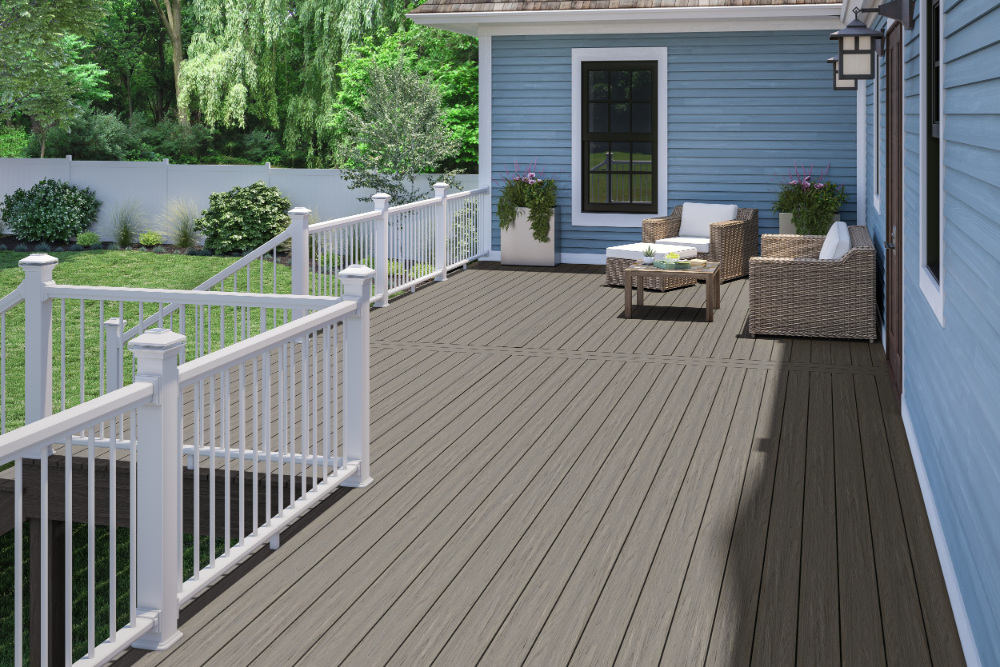
Some scholars have studied the color degradation of polypropylene and high-density polyethylene after adding different proportions of wood powder and pigments to the composite materials after being exposed to ultraviolet light. The study showed that almost all exposed specimens faded. The photodegradation and stability of wood flour/waste polyvinyl chloride composites in a UV-accelerated aging environment were studied. The results show that the addition of wood fiber accelerates the photodegradation of polyvinyl chloride materials, and the color change and photooxidation rate of wood-plastic composite materials become smaller after surface treatment. An in-depth study was conducted on the changes of different types of wood flour and high-density polyethylene composite materials in natural environment, xenon lamp accelerated aging and other environments. The results show that the thermal stability of wood-plastic composites depends on the type of wood, and surface color changes and oxidation increase with aging time.The changes in the performance of wood-plastic composite materials under artificial accelerated aging and natural environment were studied.It was found that in different environments, the surface color, quality, bending strength, elastic modulus and other mechanical properties of wood-plastic composite materials have undergone certain changes.And the degree of change is related to aging conditions and raw materials.
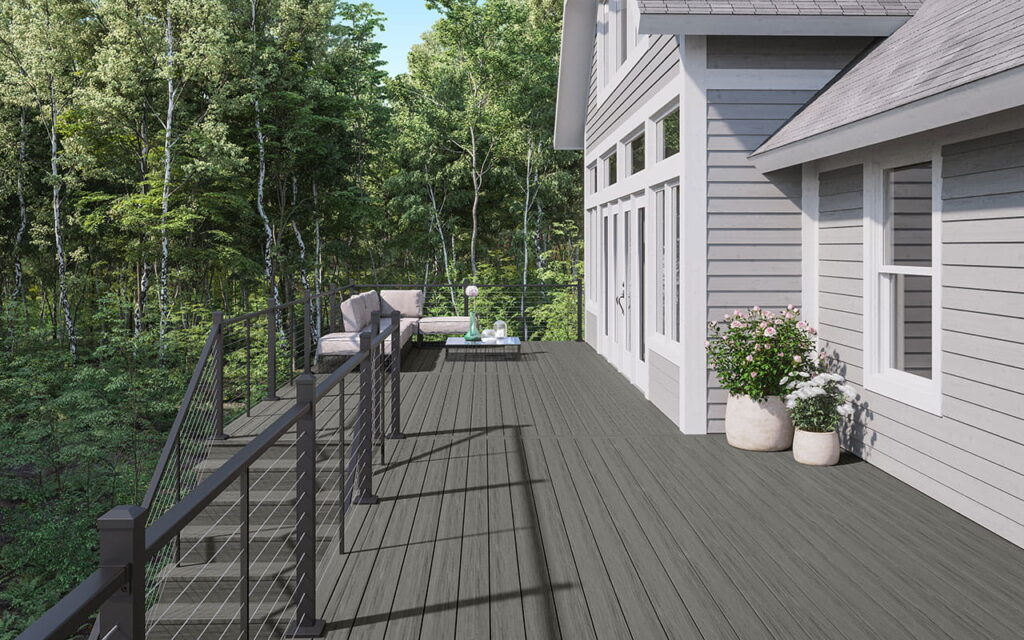
This study uses a UV fluorescence aging instrument to simulate the effects of sunlight and moisture on three different wood-plastic composite materials: rice husk, rubber wood sawdust and rubber seed husk in the natural environment.Through color difference analysis, infrared spectrum analysis and differential scanning calorimetry (DSC) analysis, the changes in surface color, chemical composition and crystallinity of wood-plastic composite materials were studied, and the changes in the aging properties of the three materials were analyzed and compared.
After UV fluorescence irradiation, the surface of wood-plastic composite materials made of rice husk, rubber wood sawdust and rubber seed shells and recycled high-density low-pressure polyethylene showed fading, increased carbonyl concentration and increased crystallinity.Mainly caused by photodegradation of wood parts and high-density low-pressure polyethylene. As the UV fluorescence irradiation time increases, the color difference and brightness difference on the sample surface gradually increase, and the changes are large in the first 500 hours, and then tend to stabilize. After ultraviolet fluorescence irradiation of the sample, the surface carbonyl concentration increases, that is, the degree of photodegradation deepens. Among the three, rubber seed shell-based wood-plastic composites (WPCs) have the greatest degree of photodegradation, followed by rice husk and sawdust.

